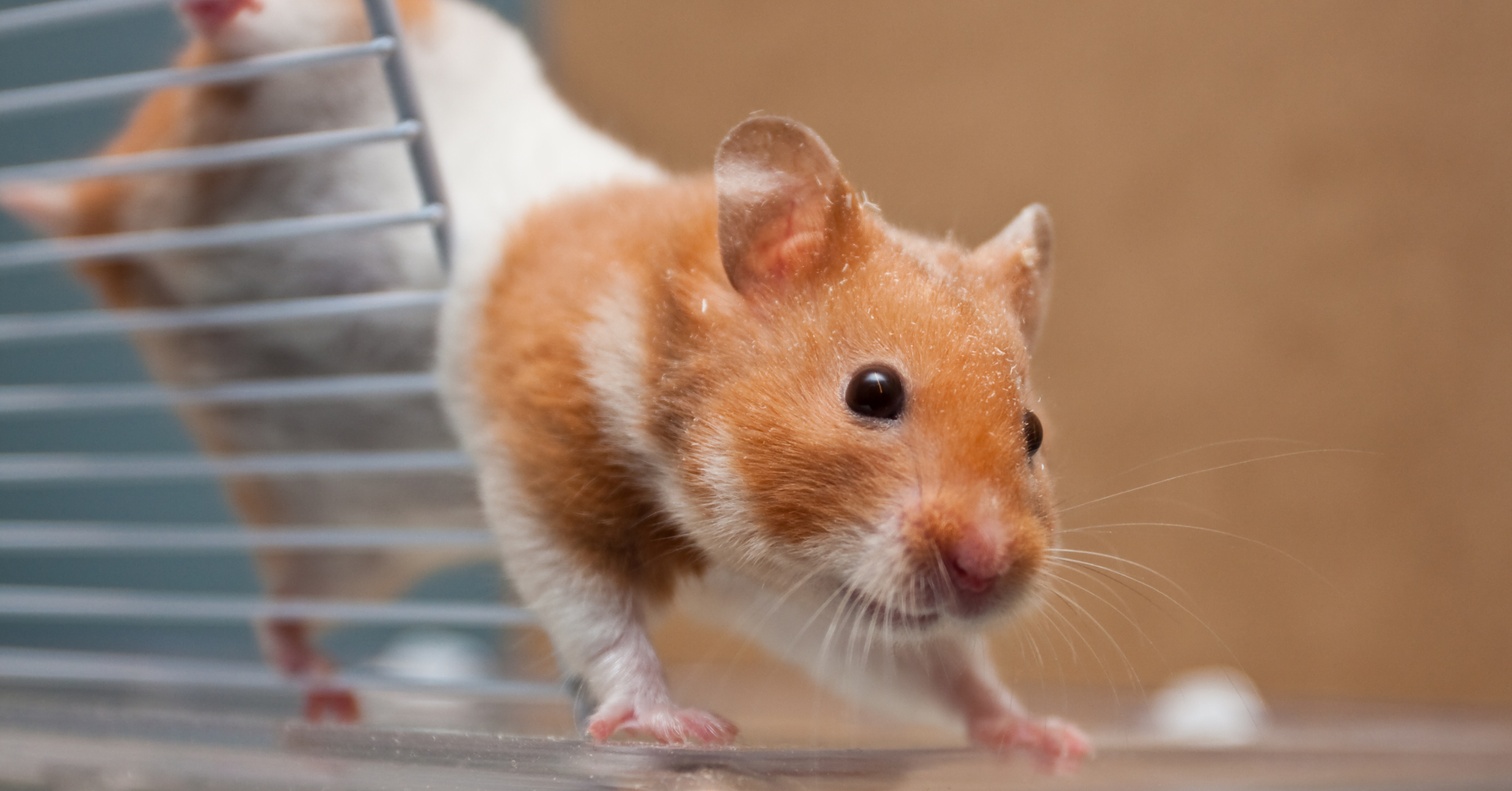
You may know that hamsters—adorable, willful, intelligent rodents with iconic cheeks, for which their Arabic name loosely translates to “Mister Saddlebags”—are one of Americans’ most popular companion animals.
You may not know, however, that the history of human-hamster interactions can be traced back to the field of animal research.
The saga begins with Israel Aharoni, a Jerusalem professor who sought to locate wild Syrian hamsters in a search for “a better hamster species for medical research”. Chinese hamsters were already being exploited in laboratories (and had been since at least 1919), but they were not breeding “successfully” enough in captivity for the likes of the researchers. In 1930, Aharoni hired a team to help him locate and capture the elusive Syrian hamster and, after digging eight feet down into the earth, located a mother and her litter. The team killed the mother by forcing her into a jar of cyanide and kidnapped the babies, using them to “found a breeding colony for research” and kickstart the hamster “pet industry”—these youngsters’ inbred offspring were transported around the world.
Today, the Syrian hamster remains the most common hamster in the world, and hamsters remain one of the most exploited nonhuman animals for basic and biomedical research in the U.S.
U.S. labs reported exploiting 95,867 hamsters in 2023.
It is particularly disturbing to consider that one of the most foundational harms caused to hamsters by human commodification—the myriad health problems resulting from forced inbreeding—has made them even more likely to be exploited by researchers. For example, forced inbreeding by humans has resulted in harmful changes to many laboratory hamsters’ hearts and, resultantly, their widespread use as “models” for human heart disease. As with all nonhuman animal research, however, these sentient beings continue to suffer and die while human health remains unimproved . . . indeed, heart disease persists as a primary killer of humans in the U.S.
Hamsters are not “models” for humans, but they are like us in all ways that matter.
Hamsters are sentient beings who, just like humans, build homes with separate areas for eating and sleeping, recognize their family members even after years of separation, display spatial intelligence and a visual memory, and experience a “runner’s high” while booking it!
And, just like humans, they should have the right not to be used as a means to someone else’s ends.
Join the fight to end the mistreatment of all nonhumans — including all Mr. Saddlebags — by sharing this page on Facebook or X (Twitter). Then, sign up for emails below.